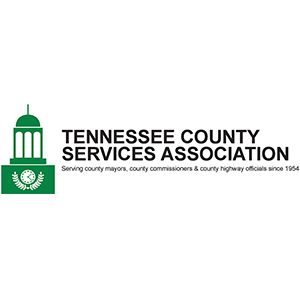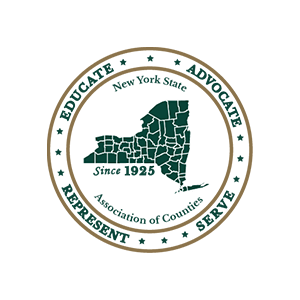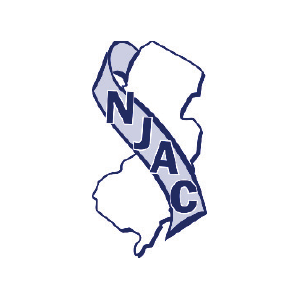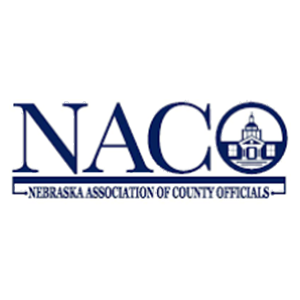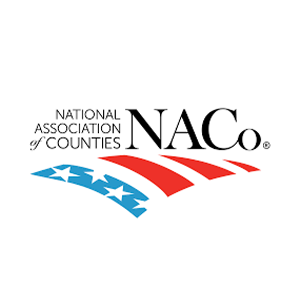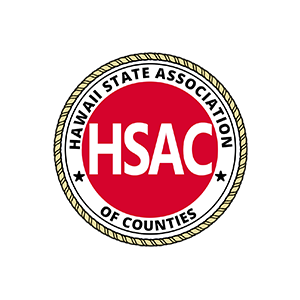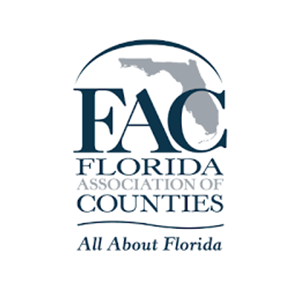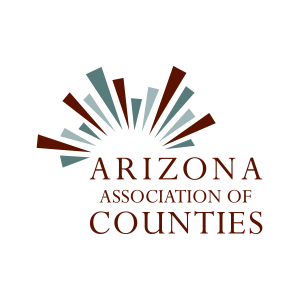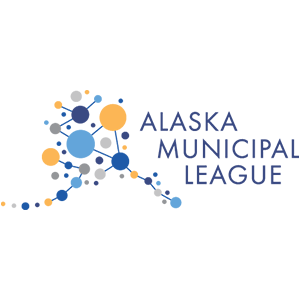Higher-Ed FAQs
We recognize that each institution sets forth its distinct operating-liquidity guidelines. Some higher Ed institutions may call this their Working Capital Policy Statement. We thoroughly review your various internal guidelines regarding the investment and deposit of operating funds. three+one® has helped higher Ed institutions across the nation create and enhance operating, deposit, and liquidity policies. Our team is available to help finalize these processes for finance committees, boards, and the like, and answer any questions your stakeholders may have. Our team has built a solid foundation to serve higher Ed institutions with a history that stretches over two decades.
three+one understands that higher Ed institutions are constantly trying to predict liquidity needs amidst economic and enrollment uncertainties. The three+one MC liquidity forecast model® will give your finance office confidence in projecting its future financial picture by considering different economic scenarios. Our forecast provides week-by-week cash-balance estimates to prepare for changing liquidity needs, while also revealing short-term investment potential. In conjunction with our time-horizon data, your organization will have a tailored strategy to maximize the value on both short- and long-term dollars. Our forward forecasts train themselves to learn from your institution’s changing liquidity picture and provide clarity and confidence around its cash needs.
In some instances, entities may not pay hard fees for banking services, but they often pay soft fees, which create an “opportunity cost” on cash. Soft fees are typically based on an earnings credit rate (ECR) for compensating balances (with required minimum cash balances) to offset all fees. If your entity is required to retain a certain level of deposits, there may be a hidden cost. Whether you pay hard, soft, or transactional fees, there is no one fee structure that fits all entities. Our data and analytical program—along with our industry knowledge—can determine which structure is best for your specific entity, regardless of market rates or your current fee structure. This is an ever-changing picture and requires continual liquidity data and banking-services reviews to monitor impacts, net costs, and recommendations for improvement.
Our firm is not a registered investment advisor (RIA), financial advisor, or bank; we do not sell, offer, or purchase any investments. We are a liquidity-data provider that harnesses the power of data around cash for your entity’s benefit. With accurate and timely liquidity data, your entity’s finance office will be able to make its own cash-management decisions faster and more confidently than ever before. Because each entity has a unique liquidity picture, there is no “one-size-fits-all” solution. Our analyses are individually tailored and present various opportunities based on an entity’s specific data.
Our main differentiators are:
(1) three+one’s objectivity; as a third-party data provider, we do not operate like a bank or investment advisor. Our incentives are aligned with your needs and those of your stakeholders;
(2) We don’t just benchmark and survey customers. We have a vast collection of line-item bank-fee data from around the country that elevates the relevant savings/income for your entity;
(3) This ongoing monitoring service continually identifies ways to earn and save more. As financial markets change constantly, so should your banking structure and liquidity strategy;
(4) three+one’s tailored approach means we provide actionable recommendations and help your entity execute those recommendations with your financial providers. We are a team that thrives on “holding your hand” through the entire process;
The easiest and most secure method to collect your entity’s transactional and treasury data is with BAI2 and 822 files through secure data transmission with your financial providers or secure view-only access. Once we have received your data, we will prepare your initial cashVest analysis within 6 to 8 weeks (subject to the number of bank accounts). Moving forward, we work with your team to implement the data’s suggested next steps and continuously provide quarterly cashVest updates to track progress and monitor changes in your liquidity vis-à-vis the marketplace.
This is a common statement we hear from institutions like yours. You are correct in that each dollar your entity has in its possession serves a purpose and therefore is not “idle.” However, there is a distinct difference between how you look at your operating cash and reserves, how your bank looks at that cash, and how the marketplace values it. For higher Ed, the question should not be “Are we earning interest on our accounts?” but rather “Can our cash provide more value to us?” We have consistently helped institutions uncover new revenue and savings through the application of time-horizon data and marketplace benchmarks. Such efforts directly benefit the institutions we serve.
For years, higher Ed institutions operating with no “excess cash” have struggled to find ways to earn meaningful value on all dollars. With the power of time-horizon and marketplace-benchmark data, finding additional value on cash is not exclusive to institutions with significant cash balances, budget surpluses, or reserves. Especially if your entity is tight on cash, liquidity data can find additional value that is not readily apparent through your bank or other financial providers. Many institutions evaluate short-term borrowing decisions using cashVest data and liquidity projections. This ensures institutions identify their exact cash needs, resulting in reduced costs and overall savings.
cashVest® actually reduces time spent on liquidity-management decisions, while increasing the value higher Ed institutions receive from their financial institutions. This program helps higherEd finance officers make confident, quick decisions with better results, based on the provided data. cashVest answers many questions that arise from investment decisions, e.g., “How much and for how long can I invest?”; “How much does my operating bank need to offset fees?”; and “Where is my liquidity position going to be in three months?” As with any technology solution, there are learning curves and growing pains. We are committed to making this process as easy as possible, so stakeholders can see positive results right away.
Yes, three+one’s product suite also includes rfpPrepⓇ. It is a digital RFP platform for banking and investment-management RFPs that handles the entire process including issuance, a statistical evaluation of respondents relative to market benchmarks, and final contract negotiations. This streamlines the tedious procurement process into a smooth, hassle-free experience while substantiating the finalist decision. rfpPrep tailors the RFP issuance document, uses benchmark data to compare pricing, and includes a dedicated team to collaborate with your procurement office. three+one’s deep roots in the banking industry and the team’s marketplace experience in banking and investment management RFPs will allow your higher Ed entity to confidently choose its most valuable financial partner.
The Financial Accounting Standards Board (FASB) provided a recent update regarding required liquidity disclosures. This qualitative and quantitative information is aimed at helping to communicate how organizations manage their available liquidity to meet expenditures. cashVest can help support your liquidity-disclosure requirements and provides a deeper understanding of available cash through stress-testing and scenario modeling that shows liquidity needs into the future.




